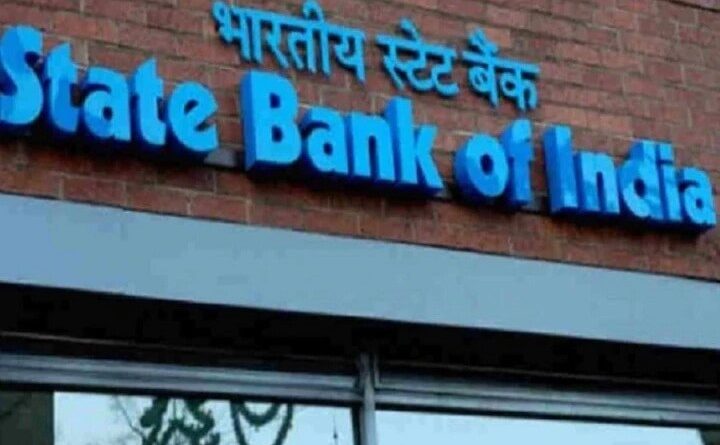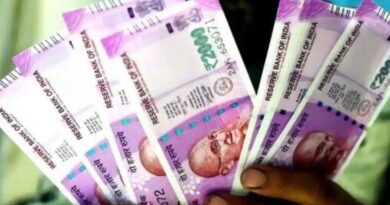News of work for SBI customers – now the rule of positive pay system is applicable on big payments
For payment of more than Rs 50,000 through check, the details required will need to be reconfirmed. The new Positive Pay System is activated from 1 January.
State Bank of India (SBI) has implemented a new system for check payments from 1 January 2021. According to which the details required for payment of more than Rs 50,000 through check will need to be reconfirmed. The new Positive Pay System is activated from 1 January.
As per RBI guidelines, we are introducing Positive Pay System (PPS) with effect from 01/01/2021 to ensure greater security, where the check issuer now has to pay at the time of payment such as account number, check number, check amount, name Details have to be given. Doing this will help in avoiding fraud.
SBI tweeted in this regard, writing, “Keeping your transactions done through check safe. SBI is launching positive pay system from 1 January 2021. Contact your nearest SBI branch for more information. “SBI has asked its customers to choose the option of positive pay system. In case of any query, contact your nearest branch.”
The Reserve Bank of India (RBI) has decided to implement a positive pay system to enhance the security of check-based transactions. This new rule has come into effect from 1 January 2021. So that the cases of fraud can be reduced. The central bank has also advised banks to create adequate awareness among their customers on the features of positive pay system.
Under the positive pay system, some necessary information will have to be confirmed twice before making a big payment through check. Under this, the person issuing the check will give some necessary information to the drawee bank through electronic means like SMS, internet banking, mobile app, ATM etc. Such as check number, check date, account number, amount, and other details. These details will be matched by CTS. This facility is being developed by the National Payments Corporation of India (NPCI).




